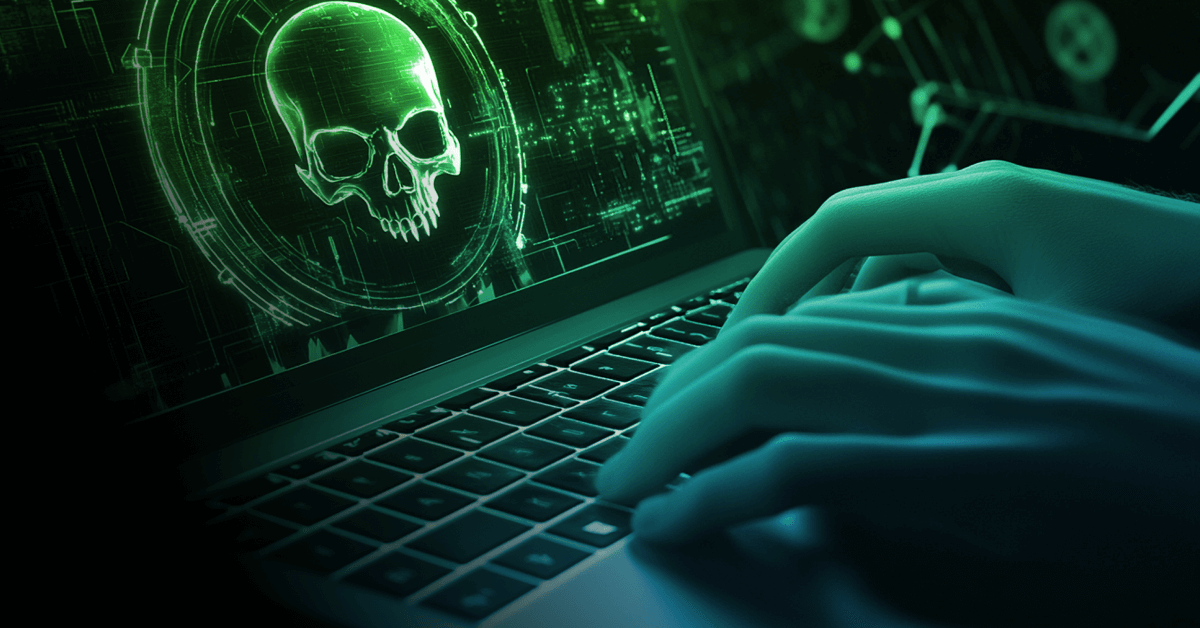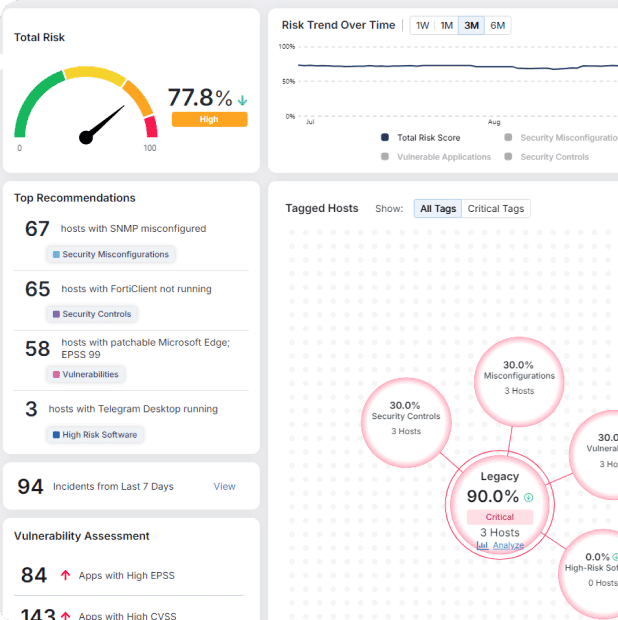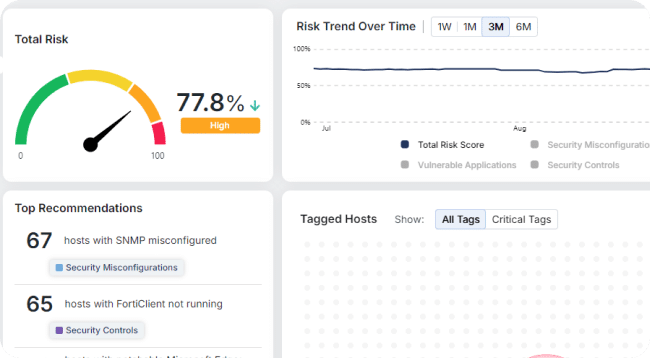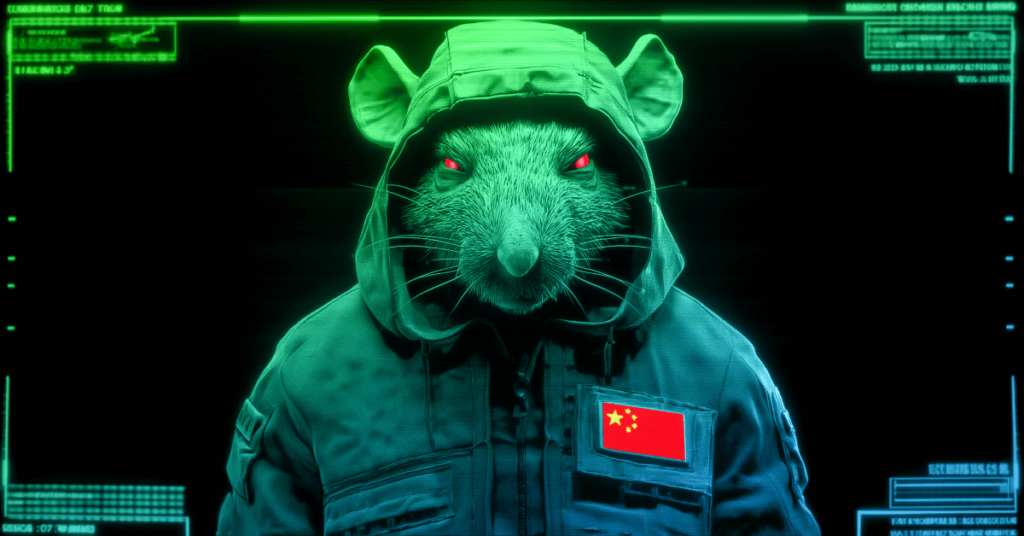Preemptive Cyber Defense: Defending Against Sophisticated Threats Like Salt Typhoon

The cybersecurity landscape continues to evolve, and with it, the need for advanced strategies to combat sophisticated threats. Enter Preemptive Cyber Defense—an innovative approach that’s rapidly gaining traction among organizations looking to safeguard critical infrastructure. Projected to see adoption rise from 10% to 75% within three years, this emerging Gartner category offers a game-changing way to disrupt cyberattacks before they can cause harm.
The Threat of Salt Typhoon
Salt Typhoon (also referred to as UNC2286, Earth Estries, FamousSparrow, and GhostEmperor) is a state-sponsored hacking group associated with the People’s Republic of China (PRC). This group is part of a larger network of Chinese threat actors, including Volt Typhoon and Flax Typhoon, that pose significant risks to telecommunications and critical infrastructure.
Their operations leverage advanced tactics, techniques, and procedures (TTPs) designed to breach systems and exploit vulnerabilities with precision.
Common Tactics Employed by Salt Typhoon include:
- Exploiting System Backdoors
Salt Typhoon capitalizes on lawful wiretapping backdoors within telecommunications systems to access sensitive data. - Living Off the Land (LOTL)
By using tools already present within the target’s environment, the group minimizes detection, making their attacks harder to trace. - Data Exfiltration
The group has been known to steal call logs, unencrypted messages, and even audio communications, particularly targeting high-profile individuals. - Supply Chain Attacks
These operations compromise telecommunications providers, creating a ripple effect that jeopardizes downstream systems and users.
The damage caused by Salt Typhoon is far-reaching. Their recent exploits in U.S. telecommunications networks have been labeled the worst telecom breach in the country’s history. Beyond privacy violations, these attacks threaten strategic operations and national security by enabling adversaries to manipulate communications and gather intelligence.
China’s continued cyber operations against critical infrastructure have led to growing mistrust and heightened tensions. For businesses and governments alike, these activities are a wake-up call to adopt stronger, more proactive defenses.
Preemptive Cyber Defense: The Answer to Emerging Threats
Morphisec’s Preemptive Cyber Defense framework offers a powerful response to TTPs used by groups like Salt Typhoon. Two core technologies underpin this approach:
- Automated Moving Target Defense (AMTD) — By continuously altering the attack surface, AMTD frustrates attackers and disrupts their operations, minimizing the risk of successful breaches.
- Adaptive Exposure Management — This technique enables organizations to monitor and adjust their defenses in real-time, ensuring they remain one step ahead of adversaries.
Best Practices for Strengthening Defenses
To effectively counter threats from groups like Salt Typhoon, organizations should consider these strategies:
- Adopt Preemptive Cyber Defense Solutions — Implement systems like AMTD to continually morph the attack surface and make it harder for adversaries to exploit vulnerabilities.
- Prioritize Continuous Threat Exposure Management (CTEM) — Real-time identification and mitigation of security gaps allow for an adaptive and resilient cyber posture.
- Integrate with Existing Security Platforms — Ensure compatibility with endpoint detection and response (EDR) solutions to enhance protection without increasing complexity.
- Utilize Patchless Protection — Technologies offering virtual patching capabilities protect applications from exploitation while awaiting official patches.
- Secure Legacy Systems — Deploy lightweight software agents to safeguard unsupported systems often overlooked by traditional EDR solutions.
- Reduce Alert Fatigue — Minimize false positives to enable security teams to focus on genuine threats.
- Enhance Incident Response Readiness — Invest in advanced logging and forensic capabilities for better analysis and recovery.
- Continuously Assess Risk — Regularly prioritize vulnerabilities based on their business impact to address critical risks promptly.
Looking Ahead
Salt Typhoon’s operations are a stark reminder of the high stakes in today’s cybersecurity environment. For organizations to effectively mitigate these threats, they must embrace advanced solutions like Morphisec’s Preemptive Cyber Defense.
Enhancing your security posture with preventative measures like AMTD provides a powerful last line of defense. Morphisec’s AMTD technology delivers operational efficiency through easy deployment, minimal performance impact, and no need for additional staffing. It seamlessly integrates with your existing security stack; it complements and enhances the effectiveness of endpoint security solutions and next-gen antivirus (NGAV) tools rather than competing with them.
By proactively reducing attack surfaces, disrupting malicious activities early, and protecting critical systems, businesses can stay resilient against even the most sophisticated adversaries.
In an era where cyberattacks are a constant threat, the adoption of proactive measures is no longer optional—it’s a necessity.

Stay up-to-date
Get the latest resources, news, and threat research delivered to your inbox.





















